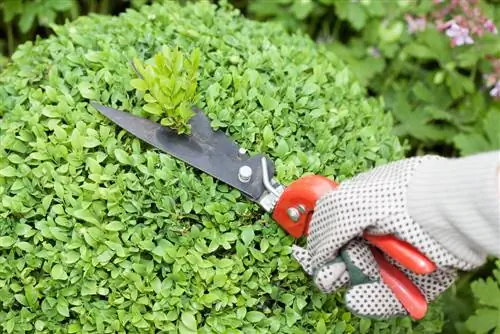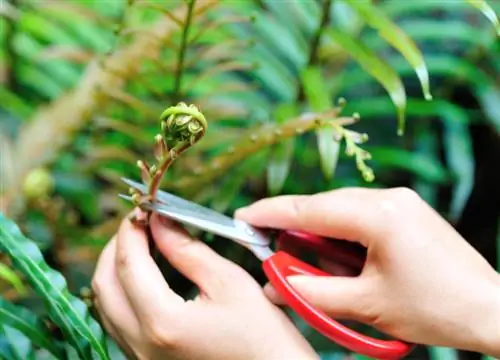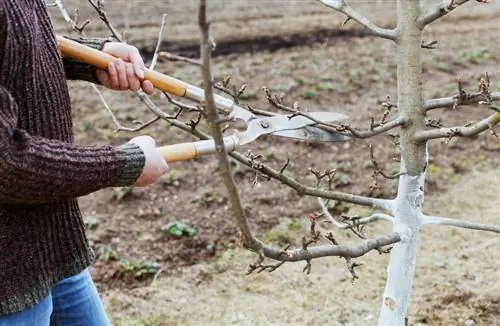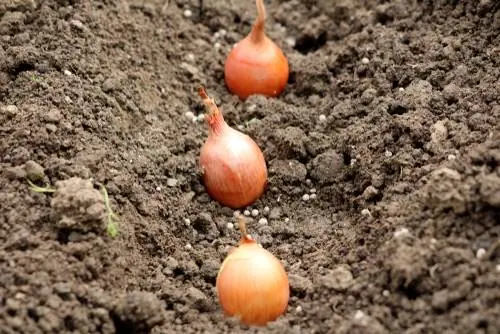- Author admin [email protected].
- Public 2023-12-25 17:45.
- Last modified 2025-01-23 11:21.
Spring onions enrich every vegetable patch. The green sticks are also very versatile from a culinary point of view and simply taste wonderfully fresh. Of course, before they end up on your plate, they have to be harvested. And even then there is still some work to be done because the long sticks rarely go into the pan in one go. Cutting onions is always a task, but with these instructions you can do it in no time. Use the following tips to learn how to proceed correctly with harvesting and subsequent processing and why it makes sense to cut spring onions for storage.
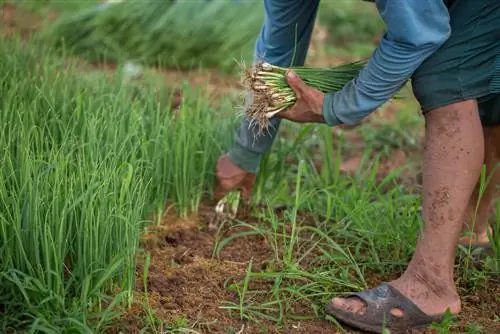
How do you cut green onions correctly?
Cut spring onions by first washing and drying the stalks, removing the wilted leaves at the tips and cutting off the roots. Then cut the spring onion into rings or strips of the desired size.
Harvesting spring onions
If the stalks are long enough, you can harvest them. To do this, you have to decide whether you want to use all of the vegetables or only some of them. With the first variant, you simply pull the pole out of the ground along with the root. Alternatively, you can also grow spring onions as a permanent crop. When doing this, you only remove the leaves and a small part of the shaft. Make sure that you do not cut it shorter than 5 cm so that the plant can recover. Even after cutting, it continues to grow for years. The time for harvesting depends on the sowing date. If you have sown vegetables in the fall, it will only take six months before you can harvest the stalks. In principle, spring onions are suitable for cutting from a height of 25 cm.
Processing and preservation
Compared to its counterparts, spring onions do not contain as many essential oils and are therefore less likely to trigger tears. Always use a sharp knife for cutting. Otherwise, you are more likely to squeeze the vegetables, which not only causes visual damage, but also increases the amount of juice that comes out, which preserves the aroma and taste. Spring onions do not have a long shelf life and should therefore be consumed fresh. Alternatively, you can also freeze the leek. It is advisable to cut the sticks into fine rings beforehand so that you can use them immediately after thawing. Unfortunately, spring onions lose their crunchy consistency at temperatures below zero. In addition, spring onions cut into pieces save more space than whole stalks. How to cut a spring onion:
- wash the poles under running water
- then shake off any remaining water and pat the leek dry with a kitchen towel
- remove the already wilted leaves at the tips
- First you should cut off the roots. These are inedible
- now cut the spring onion into rings or strips of any size


